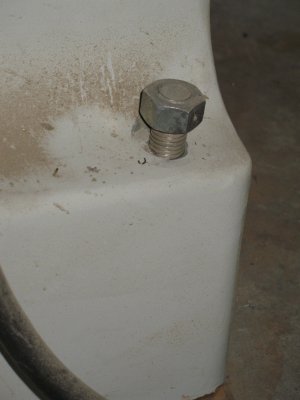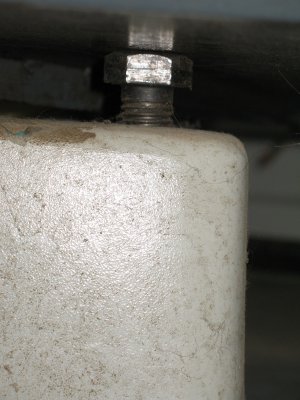- Joined
- Apr 12, 2011
- Messages
- 3,472
Ok Gents,
I get a lot of goofy ideas sometimes. I need to know how far out into left field I am this time. I discovered that the holes in the base of my Bridgeport mill are the perfect tap drill size for a 3/4-10 thread. My plan is to tap them out and run threaded rod down to the floor with maybe some kind of foot. Top it all off with a jam nut. Now I can do two things, level the machine and get the base up off the floor (1/2 inch) should a minor flood occur. I am kinda liking the idea. So let me have it.
I get a lot of goofy ideas sometimes. I need to know how far out into left field I am this time. I discovered that the holes in the base of my Bridgeport mill are the perfect tap drill size for a 3/4-10 thread. My plan is to tap them out and run threaded rod down to the floor with maybe some kind of foot. Top it all off with a jam nut. Now I can do two things, level the machine and get the base up off the floor (1/2 inch) should a minor flood occur. I am kinda liking the idea. So let me have it.



